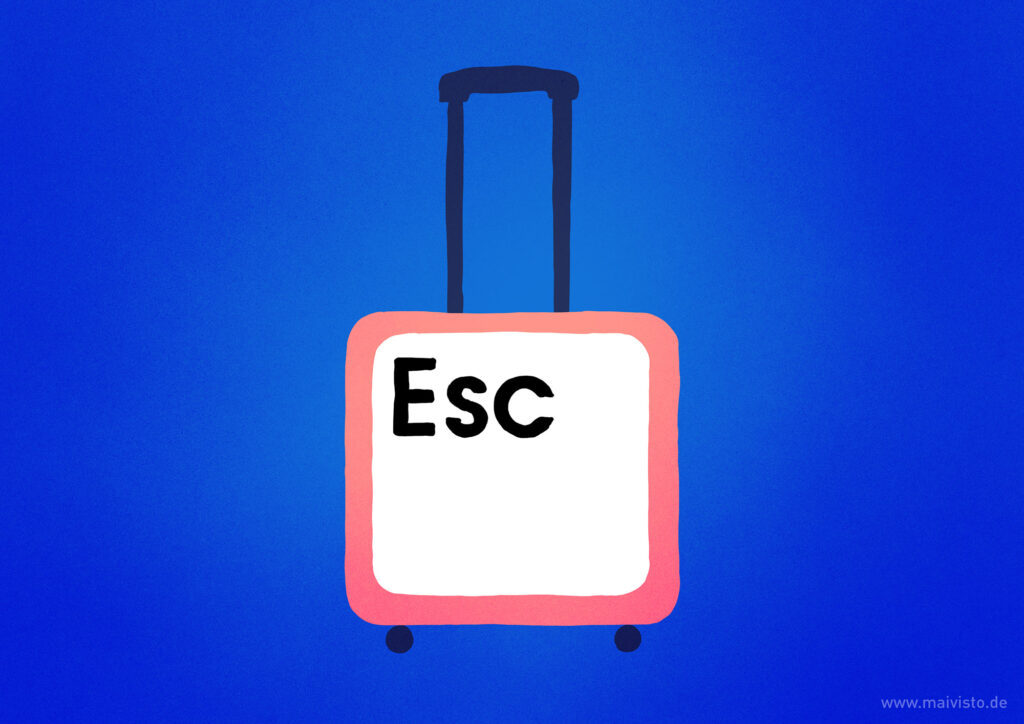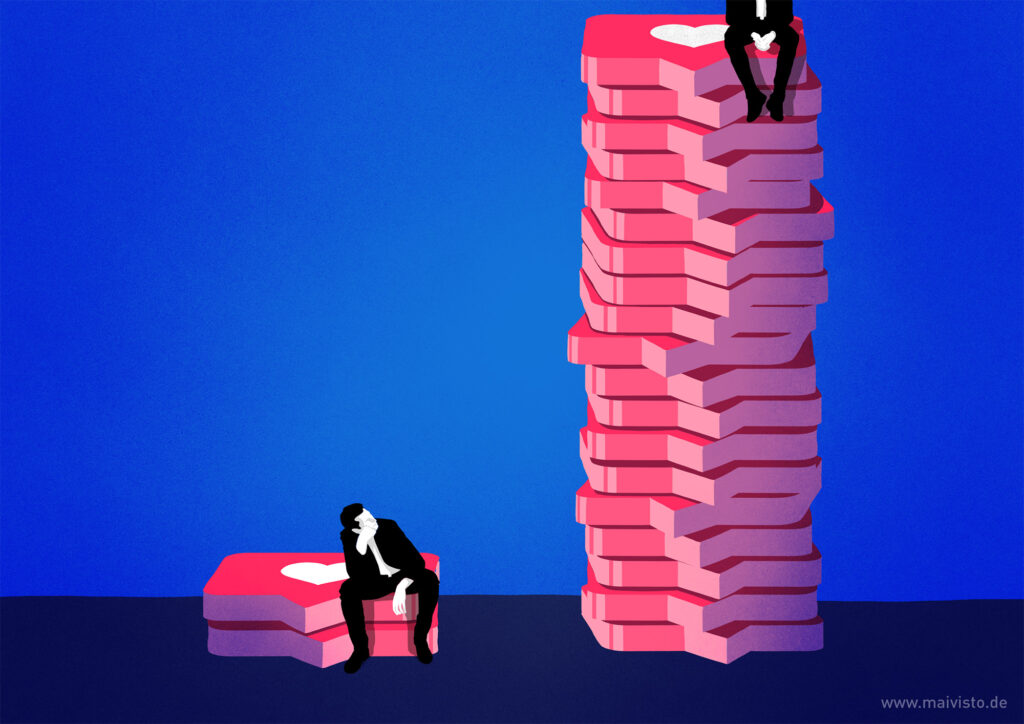In creative work, there are two kinds of impatience. One moves us forward. The other gets in our way.
For example, let’s assume we take a video game design class and have an idea for a new kind of gameplay. We spend hours late at night and on weekends developing and testing. We impatiently long for a result.
A web designer feels similarly, sitting in front of a programming error and knowing that the solution can’t be far away. His curiosity is on. Even in bed, he thinks about a possible solution and can’t wait to test it first thing in the morning.
When I decided to go into illustration, I couldn’t wait to get my portfolio website online and share it with the world. I worked obsessively on illustration projects, tweaked the design and presentation for months, and prepared my social media channels. I made a detailed plan and worked every spare minute to reach my goal as quickly as possible.
This kind of impatience, triggered by passion, is unbeatably productive.
Another kind of impatience, on the other hand, has a toxic effect in the long run. The impatience for the reaction of others. The reaction to our video game, website, or illustration portfolio.
Frustration is not far away when we begin to measure appreciation and respect through receiving job requests, likes, comments, or any other feedback. The healthiest thing to do is not to expect anything. We can only experiment, observe, adjust and adapt to our possibilities. Everything else is out of our hands.
Let’s use the time when we hypnotically check our accounts for likes to throw ourselves back with zeal into the projects we passionately can’t wait to realize.

